Nissan announced the next generation of ProPILOT, allowing drivers to go hands-off on urban streets.
 JamesSep 23, 2025, 02:51 PM
JamesSep 23, 2025, 02:51 PM

[PCauto] Nissan recently announced the testing progress of its next-generation ProPILOT advanced driver assistance system (ADAS).
This system, defined as a "revolutionary upgrade," is planned to be mass-produced in the Japanese market in the 2027 fiscal year (beginning in April 2027) and will simultaneously launch an autonomous driving ride-hailing service (Robotaxi) based on the system, initially using the Ariya electric SUV fleet.
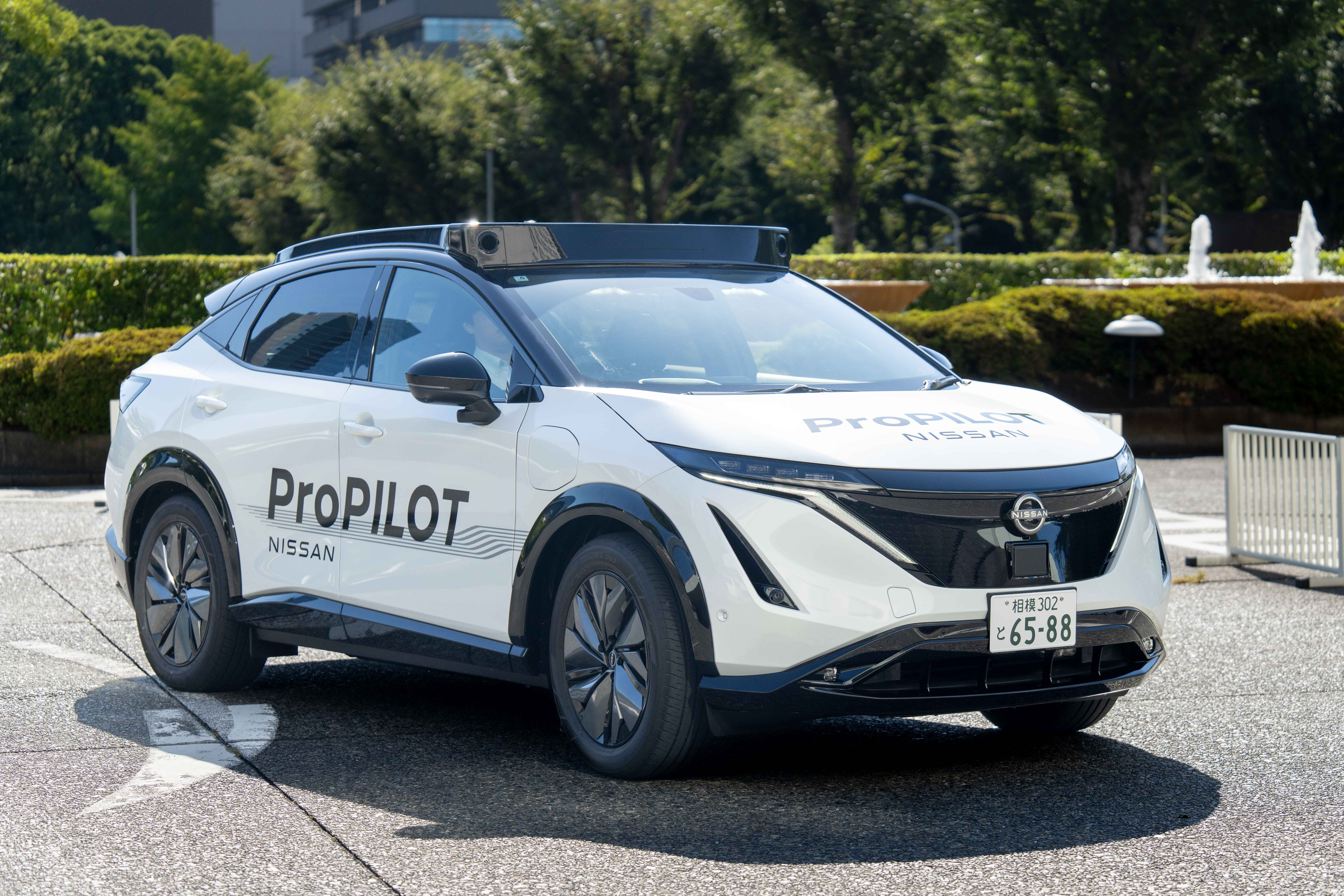
The next-generation ProPILOT will feature Wayve's intelligent driving software
Nissan's next-generation ProPILOT integrates the "AI Driver" intelligent driving software developed by UK-based AI startup Wayve, along with Nissan's independently developed "Ground Truth Perception" system.
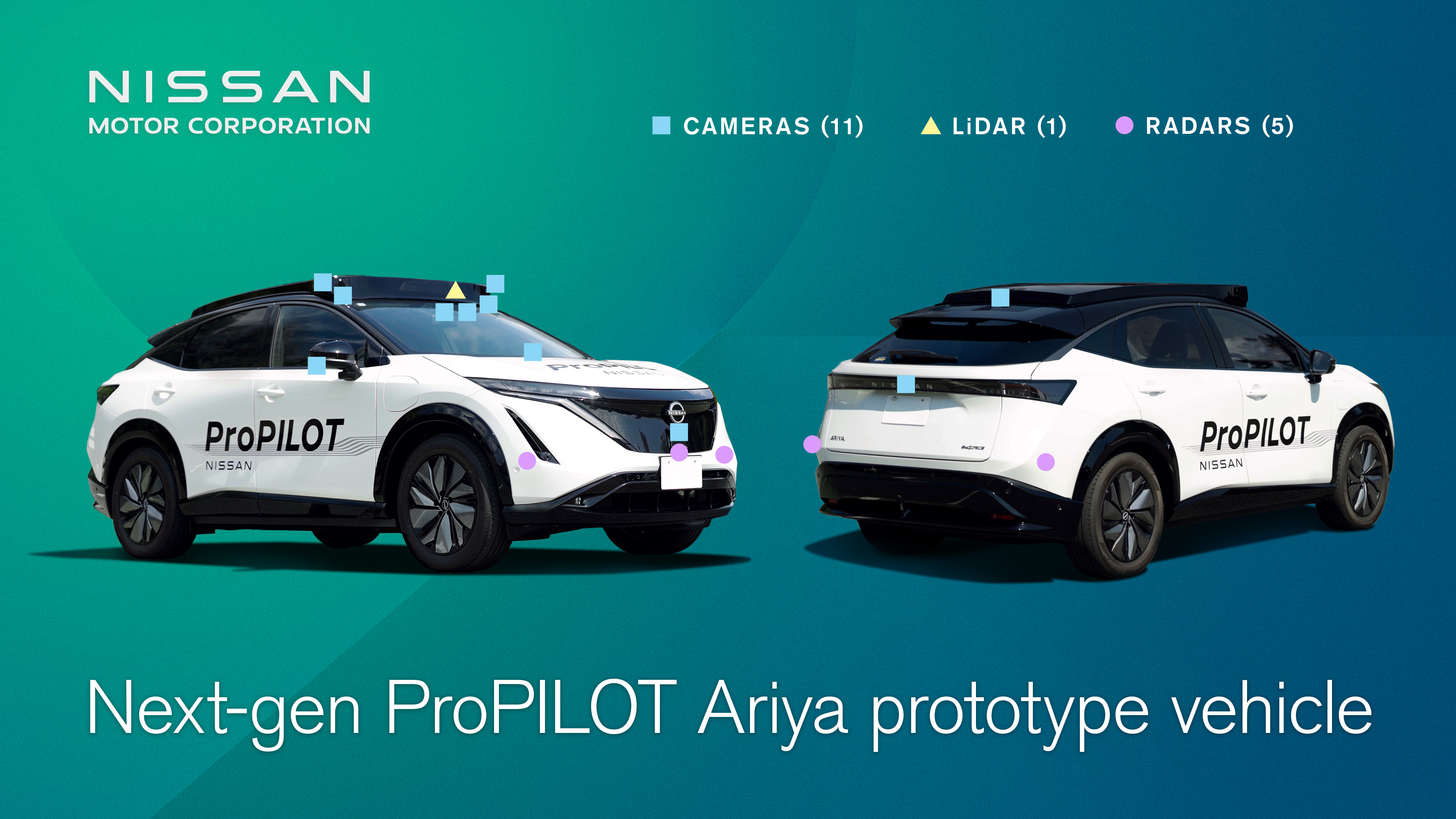
Among them, Wayve's "AI Driver" is built on generative AI and foundational models, primarily responsible for analyzing camera vision data and simulating human understanding and decision-making logic in complex traffic scenarios.
Nissan's "Real-Time Road Perception" system achieves high-precision 3D environmental perception by integrating LiDAR, cameras, and radar data, enhancing safety, especially in high-speed driving and nighttime scenarios.
The collaboration between the two is regarded as a key technological support for Nissan's transition from "functional assistance driving" to "scenario-based intelligent driving."
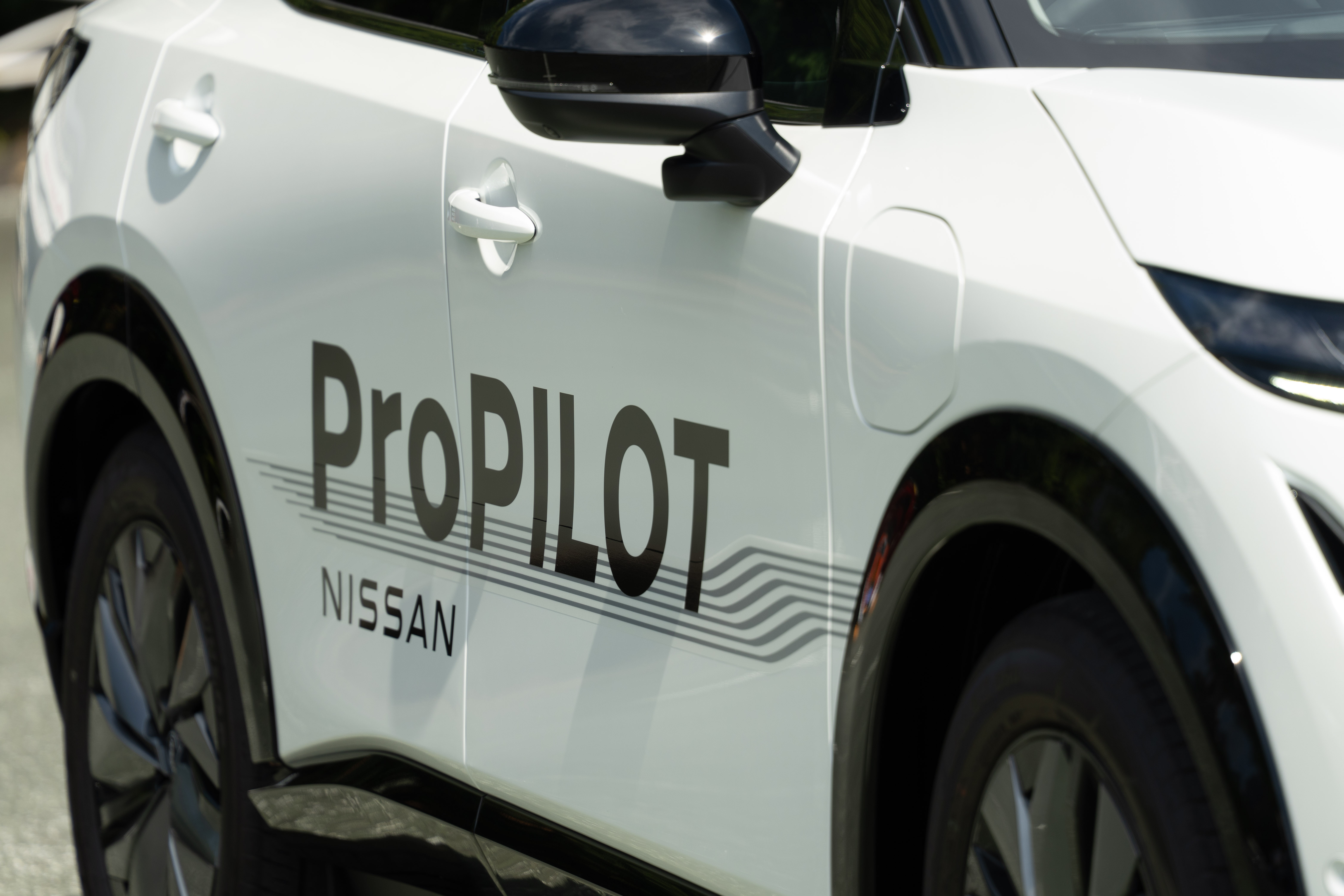
The next-generation ProPILOT is already being tested on Tokyo streets
To validate the maturity of the technology, Nissan has conducted multiple rounds of road tests on the busy streets of Tokyo using a test prototype vehicle based on the Ariya electric vehicle.
These vehicles are equipped with 11 cameras, 5 radars, and 1 LiDAR, forming a multi-sensor fusion perception system.
During testing, the system successfully demonstrated advanced functions such as automatic following, lane changing, intersection turning, traffic light recognition, pedestrian avoidance (automatically stopping and waiting when encountering pedestrians), and hands-off operation. However, as it still belongs to L2-level autonomous driving, drivers are required to monitor at all times and be ready to take over.

It is worth noting that this test covered complex road conditions such as Tokyo's typical narrow streets and pedestrian-dense areas.
Tetsuya Iijima, General Manager of Nissan's Driving Assistance Technology Engineering Division, stated at the event: "The perception ability of the new system in these scenarios has reached near-human levels and is even 'smarter than Tesla's FSD in certain situations.'"
However, he also emphasized that the technology still requires continuous refinement during real-world operations, and maturity and productization will be the focus of the next stage.
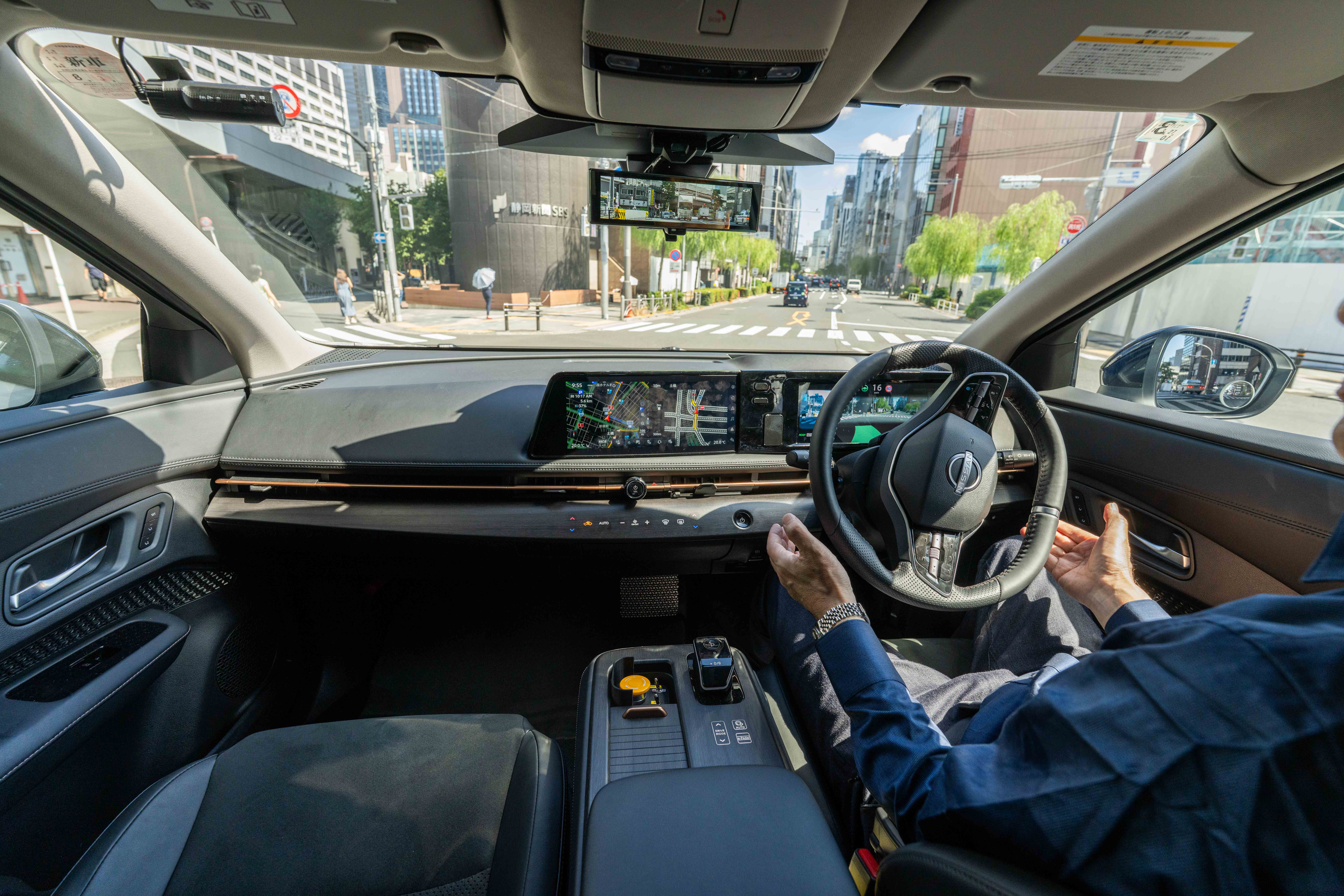
The Aging Society Spurs Nissan's Next-Generation ProPILOT
Nissan's collaboration with Wayve began in April 2025, marking the first time a major automaker has integrated Wayve's AI technology into mass-produced vehicles.
The decision to accelerate technological deployment at this time is closely related to the unique demands of the Japanese market. Population aging has led to a labor shortage, and industries such as taxis and logistics have an urgent need for autonomous driving.
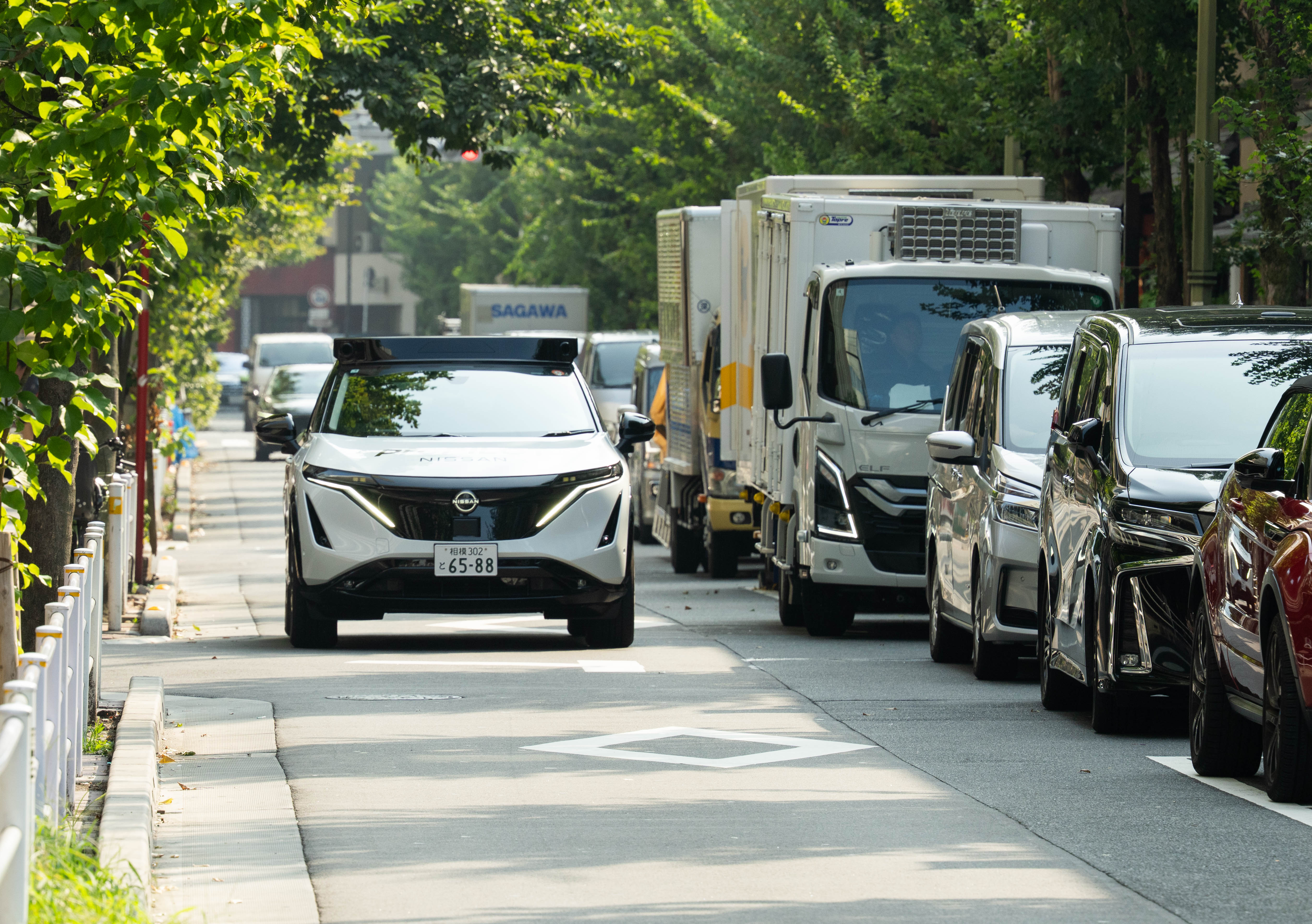
Wayve has identified Japan as a key market and plans to establish a testing center in Yokohama to optimize technology tailored to local needs.
Nissan hopes to strengthen its competitiveness in the smart mobility sector through upgrades to its ProPILOT system.

Nissan's Next-Generation ProPILOT Directly Compared to Tesla FSD
Although Tesla's FSD has already achieved commercial application, Nissan's advantage lies in "late-mover technological optimization"—by deeply integrating AI with multiple sensors, aiming to address complex scenarios such as "narrow urban streets and crowded pedestrians."
However, Nissan's next-generation ProPILOT incorporates more sensors compared to FSD (including 11 cameras, 5 radars, and 1 LiDAR), which clearly lacks a cost advantage. How to compete with FSD and robotaxi remains a major challenge for Nissan.

Additionally, the actual operation of shared mobility services imposes higher demands on system stability and cost control, such as the durability of LiDAR, the real-time response speed of AI algorithms, and the maintenance costs of large-scale fleets, all of which need to be validated in practical deployment.
Nissan Began Implementing Autonomous Driving Applications Early
Nissan launched ProPILOT as early as the beginning of 2016, evolving from initial highway assistance to multi-lane highway lane changes with ProPILOT 2.0 in 2019. Although it started early, it has consistently lagged behind manufacturers such as Toyota and Honda.
Because Nissan was previously only willing to equip the full ProPILOT system on top-tier models, unlike Toyota which applied TSS to all its models, Nissan’s ProPILOT gradually faded from the market’s attention, even though advertisements frequently touted how impressive ProPILOT is.
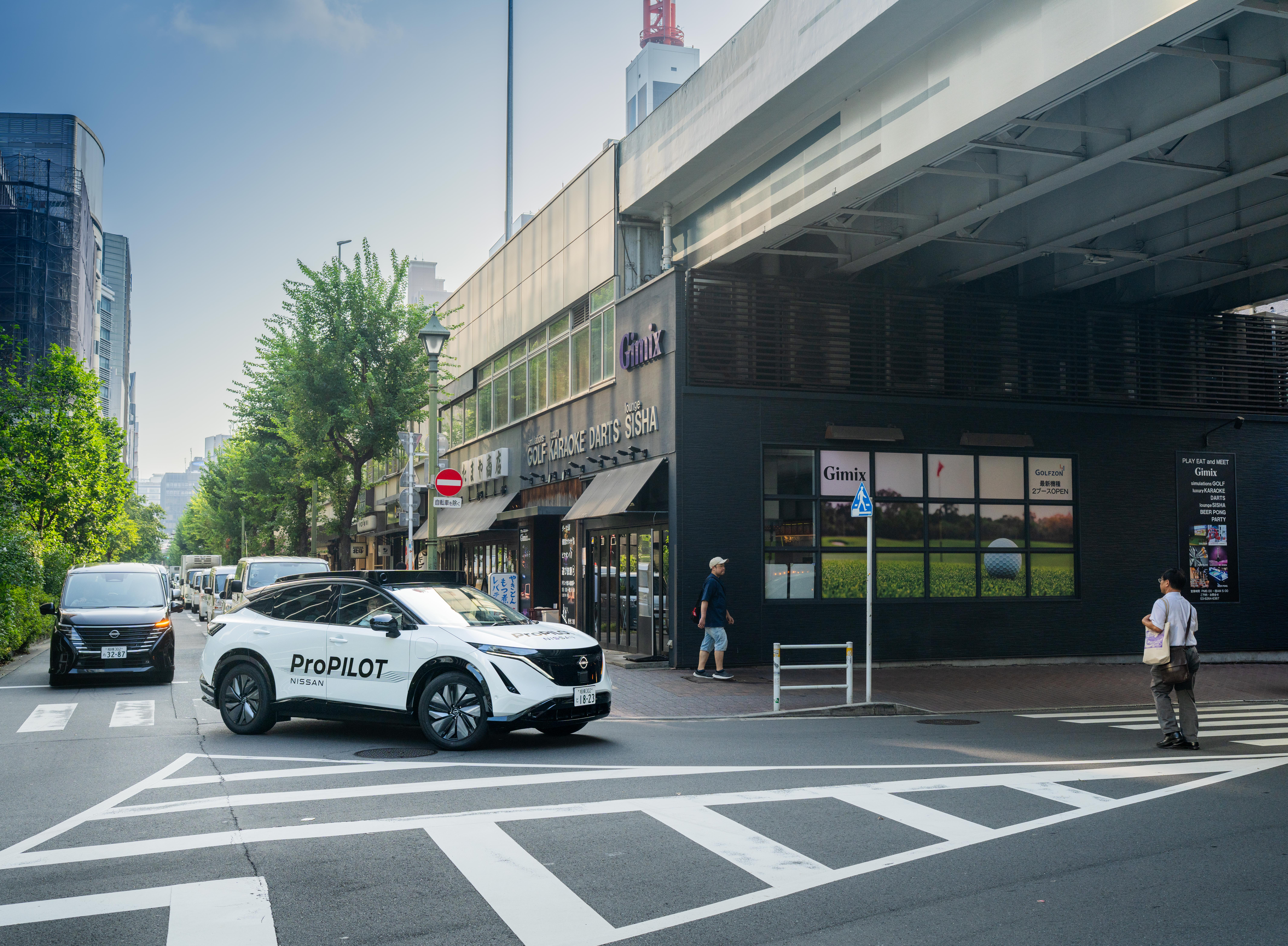
Currently, it seems that the ProPILOT using a LiDAR solution has once again returned to a leading position among Japanese automakers, but the high costs have limited the widespread adoption of the next-generation ProPILOT.
Perhaps the next-generation ProPILOT can only be applied domestically within Japan, as from a global perspective, the next-generation ProPILOT does not have any significant advantages. With the approach of the 2027 fiscal year, Nissan ProPILOT's true test has just begun.
If any infringement occurs, please contact us for deletion
Trending News

BYD Sealion 7 is not only cheaper than Tesla Model Y, what other differences do they have?
Is it better to buy the BYD Sealion 7 or the Tesla Model Y? This really makes one a bit hesitant, but before you make a decision, I recommend you take a good look at this article.

2026 Toyota Hilux Travo released, the brand-new exterior and interior are highly anticipated
If you're considering buying a Hilux, honestly, the comprehensive innovations in the ninth generation are worth waiting for. While the current model might still have some advantages in terms of reliability and price, the new model offers significant changes in terms of exterior and interior luxury, tech features, and powertrain options.

In Malaysia, which sliding door MPVs are available?
The numerous advantages of sliding door MPVs make many people fond of this type of vehicle. However, MPVs are not a mainstream choice in the car market, so many people might not know which MPVs are available domestically.

Jaecoo J7 VS Honda CR-V, which is the most worthwhile C-Segment SUV to buy
With an exterior that closely resembles a Land Rover, Jaecoo J7's sales experienced several months of rapid growth but have recently slowed down. Perhaps the market is nearing saturation, as Jaecoo J7 has already surpassed the once-dominant Honda CR-V in the C-Segment SUV category.

Which one is better, Honda City or Toyota Vios?
When choosing a compact sedan, Honda City and Toyota Vios are often two options that make people weigh repeatedly. You might be attracted to the dynamic design of the Vios but also be captivated by the City.
Popular Cars
Model Year
Car Compare
Car Photo

